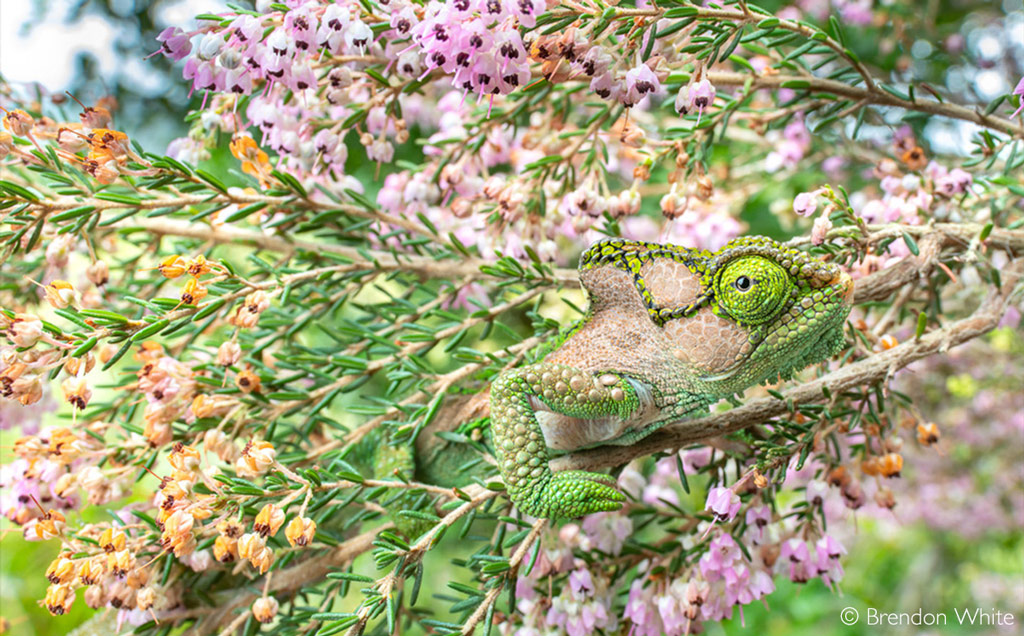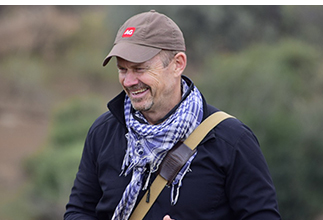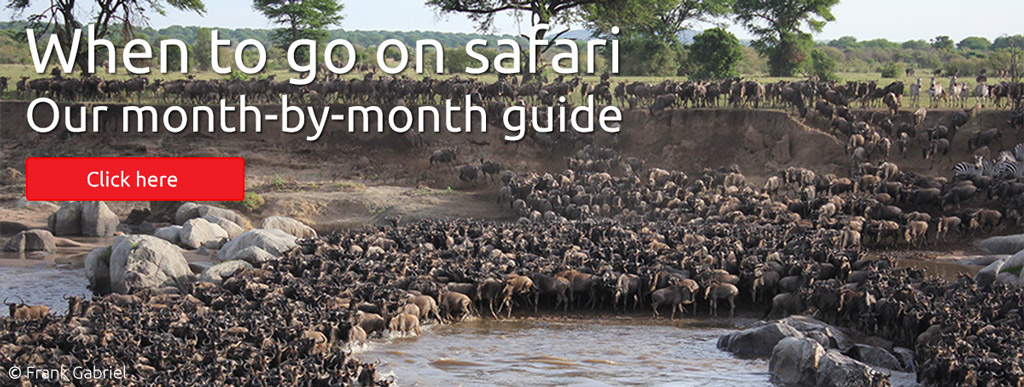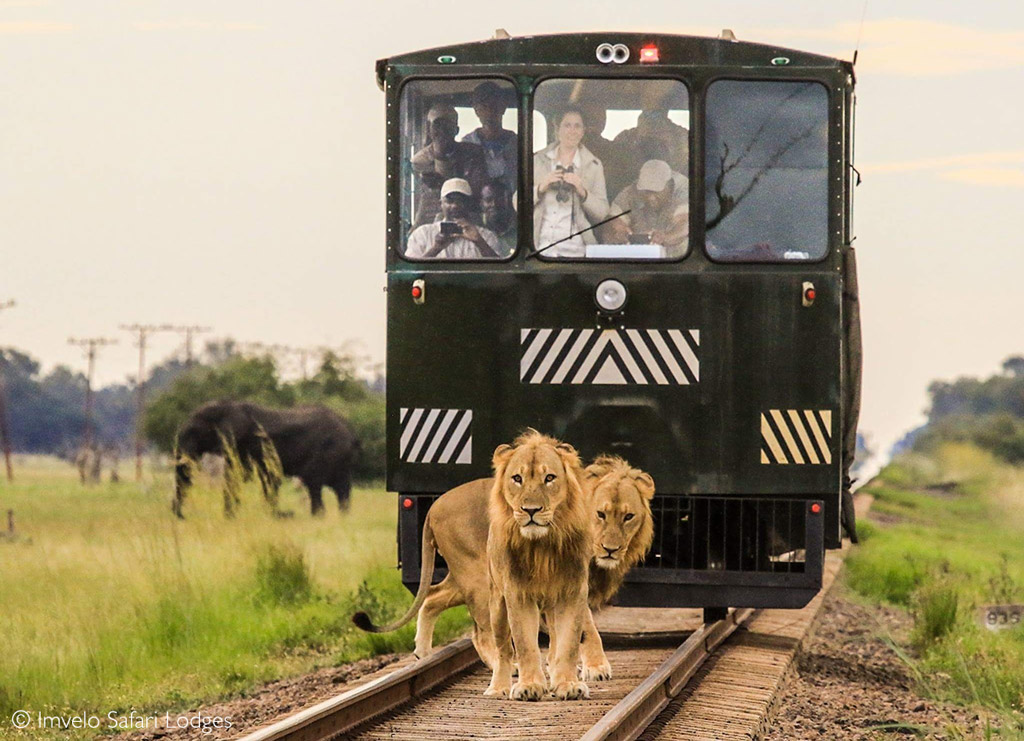
This is a copy of our weekly email newsletter. Subscribe here to receive the newsletter.
Reawakening Kafue + Photographer of the Year

How’s this for impactful photography! Our 2024 Photographer of the Year is particularly exciting for teamAG – a significant change to the previous editions of our popular competition. Each of our three winners gets to sponsor a lion research collar – in lieu of our previous cash prize. The US$2,500 cost per collar will be paid for by Africa Geographic. Plus, our winners and their partners will join Lizz and me on a conservation safari in Zimbabwe’s Hwange National Park. In addition to many game drive G&T moments, we will get to understand the issues facing wild, free-roaming lions and what is being done by NGOs and local people to protect them. More details here. The 2024 edition of our Photographer of the Year kicks off on 1 March.
I am currently in the gobsmackingly wondrous Odzala-Kokoua National Park in Congo-Brazzaville with teamAG videographer Brendan. Our mission is to find and film Western lowland gorillas, forest elephants, bongos, dwarf crocodiles and huge flocks of grey parrots and green pigeons. African Parks is in the process of upgrading an existing forest camp to fully catered status and training local people to manage the camp. You too can be here – soon. Check this out to whet your appetite.
Keep the passion

Simon Espley – CEO, Africa Geographic
From our Editor – Taryn van Jaarsveld

Here’s a riddle: My life is short. For the majority of my life, I’m not yet alive, and my species ceases to be. What am I?
The answer is fascinating.
The Madagascan Labord’s chameleon spends the majority of its life as an egg. Once hatched, the chameleon matures rapidly, reaching adulthood within two months and breeding quickly thereafter. Shortly after laying eggs, the females die, and not long after that, the males join them. That means that, for about seven months of the year, there are no members of the species alive on the planet – and the entire population exists in eggs buried underground. Just as fascinating, is the recent footage scientists captured of a female Labord’s chameleon rapidly deteriorating after laying her eggs, and dying in a flurry of colour. You can check out this footage in our video of the week, below. The moral of her story? Life is short. Find your purpose, pursue it with vigour, live life in colour, and glow before you go.
While you await the launch of Photographer of the Year 2024, check out the exceptional gallery of images from our 2023 winner, Remya Warrier, below. And read about the adventures of Kingsley Holgate’s Afrika Odyssey expedition to Kafue National Park.

Story 1
https://africageographic.com/stories/remya-warrier-2023s-photographer-of-the-year/
EPIC PHOTOS
2023 Photographer of the Year Remya Warrier shares a selection of her favourite images and the stories behind them
Story 2
https://africageographic.com/stories/reawakening-the-beast-afrika-odyssey-expedition-to-kafue/
REAWAKENING KAFUE
Kingsley Holgate & his Afrika Odyssey expedition team are connecting 22 parks managed by African Parks. Read about their trip to Kafue NP
 TRAVEL DESK:
TRAVEL DESK:
Be inspired by our safari selections for you this week and plan your next safari with us.

Photographer of the Year 2024
Dust off your cameras because Photographer of the Year 2024 opens on 1 March, and the prizes are what dreams are made of! Start searching your archives for images that encompass the celebration of Africa.
In addition to having a lion research collar sponsored in their name, winners will be awarded a conservation safari, including stays at Camelthorn Lodge and Bomani Tented Camp in Hwange National Park, Zimbabwe, and a trip on the Elephant Express rail car. Sponsored by AG and Imvelo Safari Lodges and proudly in association with the Southern African Conservation Trust and WILDCRU.
Browse our website to find out more

 WATCH: In this remarkable and rare footage, a Labord’s chameleon from Kirindy Forest, western Madagascar, erupts in a rainbow of colour – “as if uttering her last words” – moments before death. All the members of this species die before the dry season arrives – and the species survives through the hatching of eggs that are buried underground. (03:17) Click here to watch
WATCH: In this remarkable and rare footage, a Labord’s chameleon from Kirindy Forest, western Madagascar, erupts in a rainbow of colour – “as if uttering her last words” – moments before death. All the members of this species die before the dry season arrives – and the species survives through the hatching of eggs that are buried underground. (03:17) Click here to watch
For more videos celebrating Africa, check out our videos here
To comment on this story: Login (or sign up) to our app here - it's a troll-free safe place 🙂.![]()






